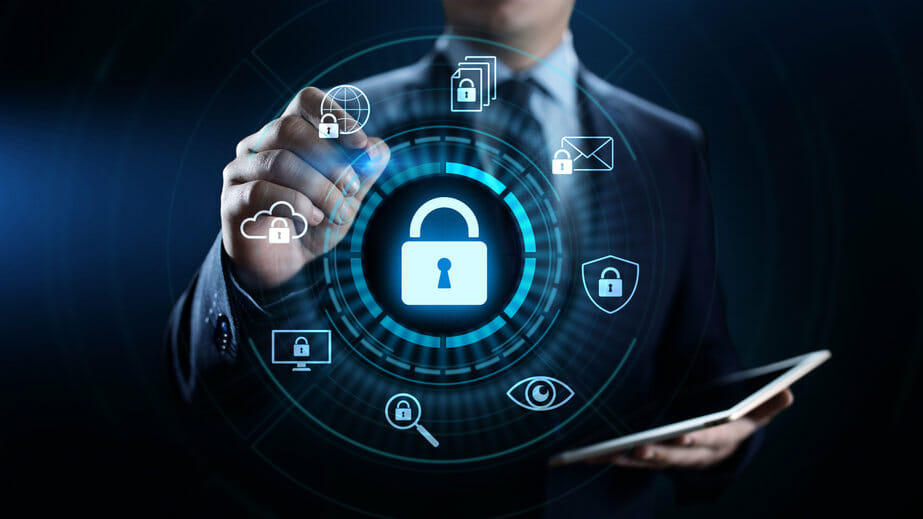Cybersecurity used to be someone else’s problem. Something you outsourced to your IT provider or buried under a compliance checklist. But in 2025, cyber security awareness is a leadership issue. Because the question is no longer “Will we be targeted?” — but “Are we ready when it happens?”
And the answer depends less on your tech stack than on your people.
The Real Risk Isn’t the Firewall — It’s Human Nature
Today’s most damaging attacks don’t exploit code. They exploit judgment. A message that seems to come from a colleague. A call that sounds urgent. A login page that looks real — but isn’t.
Phishing, vishing, smishing, business email compromise… These are not bugs in your system. They are calculated manipulations of human instinct.
Cybercriminals don’t need to break in. They can walk in — if your team holds the door open.
That’s why awareness is no longer a luxury or a training module. It’s the new perimeter. And every employee, from intern to CFO, is part of that defense.
Why “Awareness” Is So Often Misunderstood
Too often, cyber security awareness is treated as a one-time event. A slide deck. A 20-minute video. A phishing simulation followed by a passive e-learning course.
The problem? Awareness doesn’t equal behavior change.
A finance assistant might know what phishing is, but still authorize a fake wire transfer if the email looks legitimate and the request feels urgent. A warehouse supervisor might click a fake delivery notice on their mobile without a second thought. Why? Because they were busy. Because it sounded familiar. Because the simulation didn’t feel real.
Real awareness means knowing how to respond in the moment — not just knowing the theory.
LOCAL NEWS: 100 best places to work and live in Arizona for 2025
INDUSTRY INSIGHTS: Want more news like this? Get our free newsletter here
What True Cyber Awareness Looks Like
It’s not about paranoia. It’s about preparation.
It’s about creating a culture where people pause before clicking, question unexpected requests, and feel supported when they raise concerns.
That kind of culture doesn’t happen by accident. It’s built over time, with:
- Realistic simulations that mirror the tactics used by actual threat actors.
- Role-based training that speaks to each employee’s day-to-day reality.
- Regular exposure to changing attack vectors — from email to phone to messaging platforms.
- Reinforcement through internal communication, leadership buy-in, and shared accountability.
In other words: you’re not training people to avoid a generic “cyber threat.” You’re helping them build instincts — the kind that kick in when an email looks right but feels wrong.
The Cost of Getting It Wrong
Cyber attacks don’t just impact IT. They interrupt sales. Freeze operations. Jeopardize partnerships. Destroy trust.
In sectors like finance, healthcare, manufacturing, and logistics, a breach can cascade through the supply chain in hours.
And the origin? It’s rarely some black-hat hacker in a remote data center. More often, it’s a single well-crafted email. Or a voice call from “the CEO.” Or a WhatsApp message that sounds routine.
Cyber awareness is what stands between that moment — and a seven-figure loss.
Good Awareness Programs Do One Thing Exceptionally Well
They make people care.
Not through fear, but through relevance. Through stories. Through interactivity. Through experiences that feel real enough to matter.
The most effective programs don’t talk at employees. They invite them to engage, question, and even fail — safely. Because that’s how we learn. And that’s how you build a workforce that reacts, not just remembers.
Cyber Awareness Is a Strategic Advantage
Companies that invest in awareness don’t just avoid breaches. They build resilience.
They reduce incident response time. They limit financial and reputational damage. They gain customer trust. They demonstrate compliance. And in many cases, they avoid the breach altogether.
Because awareness isn’t just an IT function — it’s a business enabler.
Final Thought: Security Is Everyone’s Job — But It’s Leadership’s Responsibility
If your employees are your first line of defense, your leaders are the architects of that defense. Cyber awareness doesn’t scale without culture. And culture doesn’t shift without example.
Your team will take cues from how you talk about risk. How you react to incidents. Whether you reward cautious behavior or penalize mistakes.
So ask yourself: are you modeling the behavior you want your teams to adopt? Are you equipping them with the tools, the time, and the trust to act when it counts?
If not, now’s the time.
Because in today’s threat landscape, awareness isn’t optional. It’s operational.




